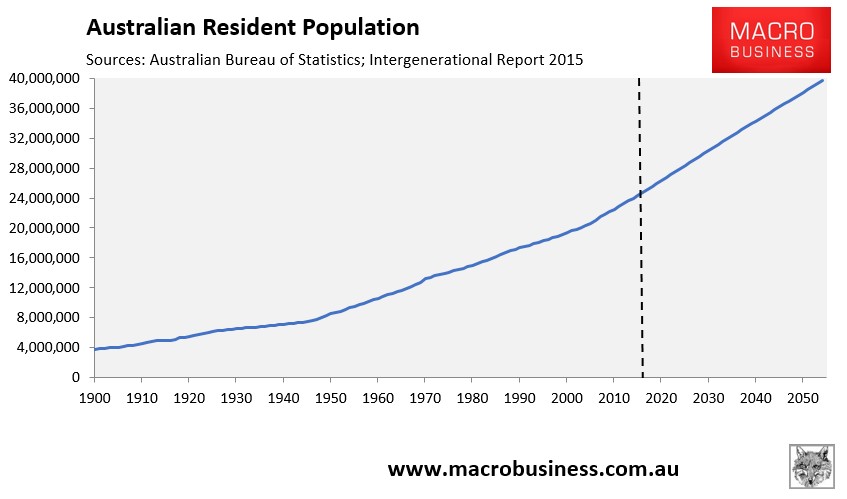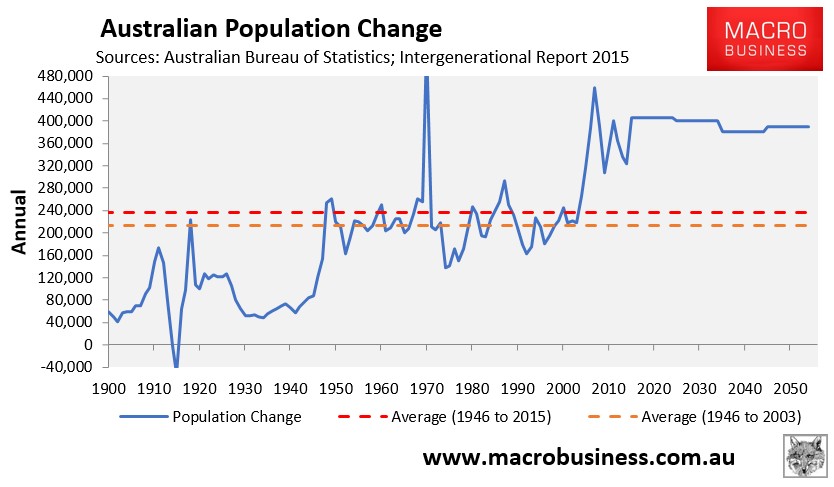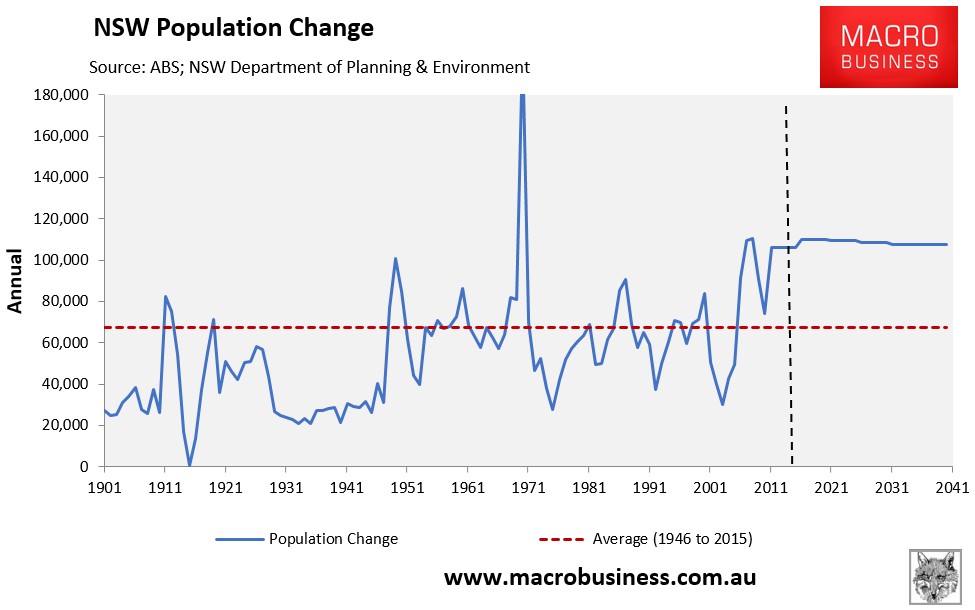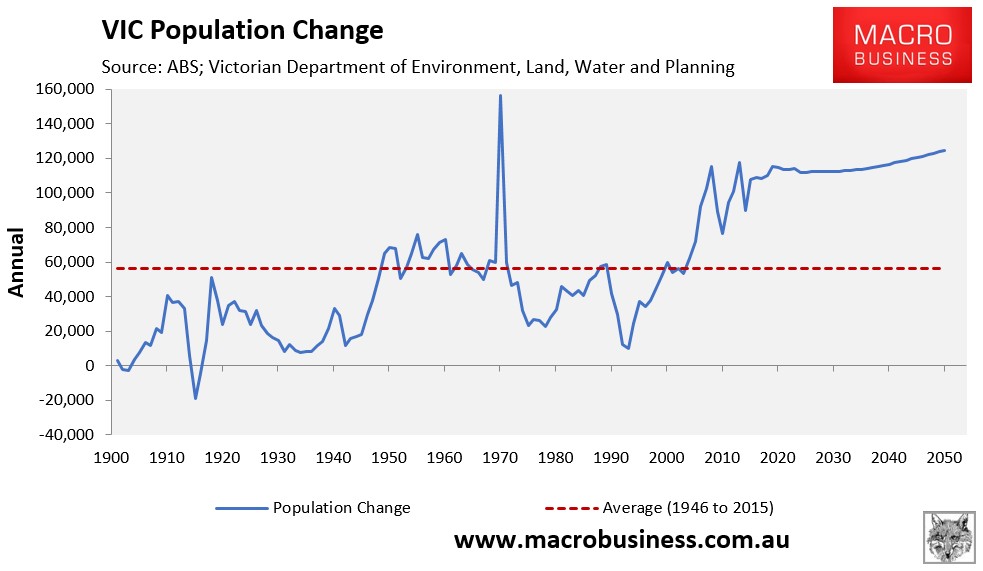Back in 1994, when Australia’s population was just under 18 million, the Australian Academy of Science (AAS) convened a symposium on a topic of scientific interest: the future population of Australia.
The analysis was extended to Australia’s resources of water, minerals and arable land, and the interactions between present lifestyle and present environmental damage, and between future expectations and the costs of increasing population.
Below are some key extracts from the Joint Statement of the Population Working Party 2040 (April 1994):
Historically, Australian governments have not developed policies to manage Australia’s population. Concerns for national security and economic growth have led to policies of population growth, but the question of the optimal population of the continent has not been a factor in those policies…
Economic analyses offer a range of views on the relation between population and prosperity. A conservative summary of these views is that population growth would be neutral in its impact on the economic welfare of families and individuals…
Demographic analysis from reasonable assumptions concerning the major determinants of population growth (fertility, mortality, immigration) shows that a population policy is of major importance. In the lifetime of our children, thus by the mid-21 st century, Australia’s population could be made as high as 37 million (and still growing), or kept as low as 23 million (and be stationary), by community decisions and governmental policy.
Australia’s land mass, though large, is less rich than other continents in many biologically important elements. As a consequence, its ecosystems are relatively fragile, and human impact on the environment is particularly severe…
If our population reaches the high end of the feasible range (37 million), the quality of life of all Australians will be lowered by the degradation of water, soil, energy and biological resources. Cities such as Sydney and Melbourne will double or triple in size, multiplying their current infrastructure problems and their impact on the surrounding regions of the continent. Alternatively, new cities of their present size and impact will have to be sited, built and serviced. Moreover, this large population would continue to grow for decades after 2040, and the quality of Australian life would continue to fall.
It is therefore essential that the issue of the continent’s population become part of national debates over our future. From such debates, the Federal Government must develop a policy on population, which should include the issue of population size.
In our view, the quality of all aspects of our children’s lives will be maximised if the population of Australia by the mid-21st Century is kept to the low, stable end of the achievable range, i.e. to approximately 23 million.
Fast forward 22 years and Australia’s population has already breached 24 million, thus exceeding the AAS’ recommended maximum.
Worse, the Intergenerational Report projects that Australia’s population will hit around 40 million by 2055:

Driven by annual population growth that is nearly twice as high as the post-war average, mostly via immigration:

Moreover, the lion’s share of this growth will occur in NSW (read Sydney) and VIC (read Melbourne), which are already straining:


Traffic congestion, lack of public transport, diminished access to open space, more limited availability of government services, and environmental degradation are all legitimate concerns of Australian residents.
These are all matters for public debate on which Australians have a right to an informed say. And yet 22 years after the AAS’ report, we are still waiting for a national population debate and strategy.

